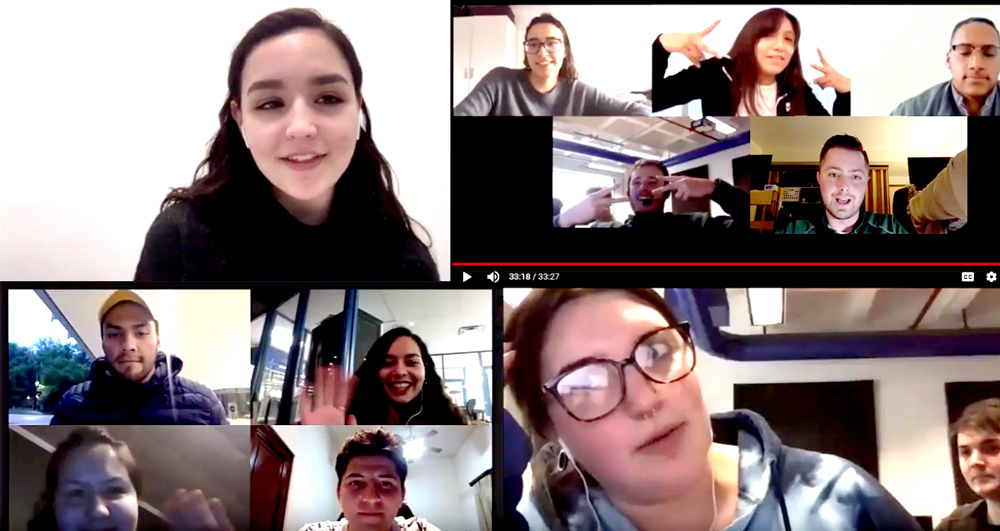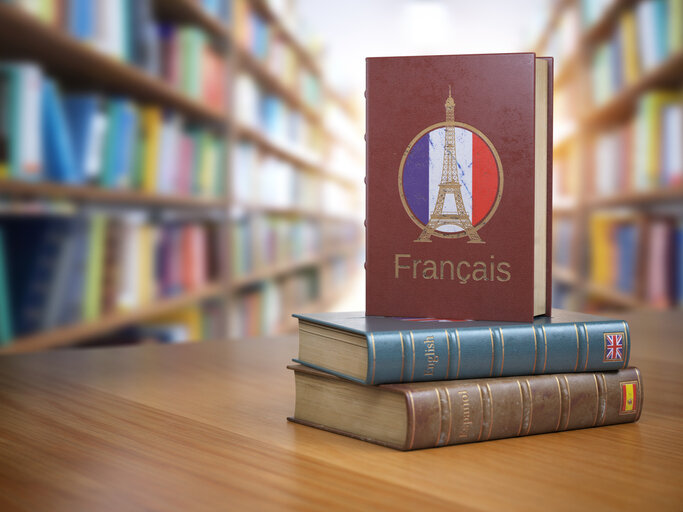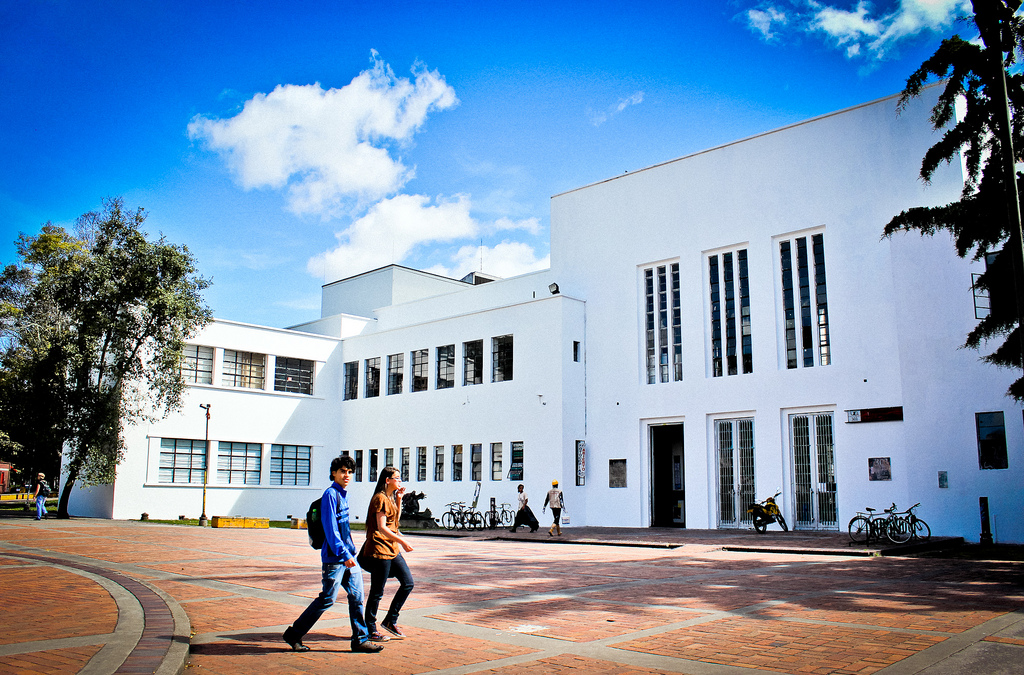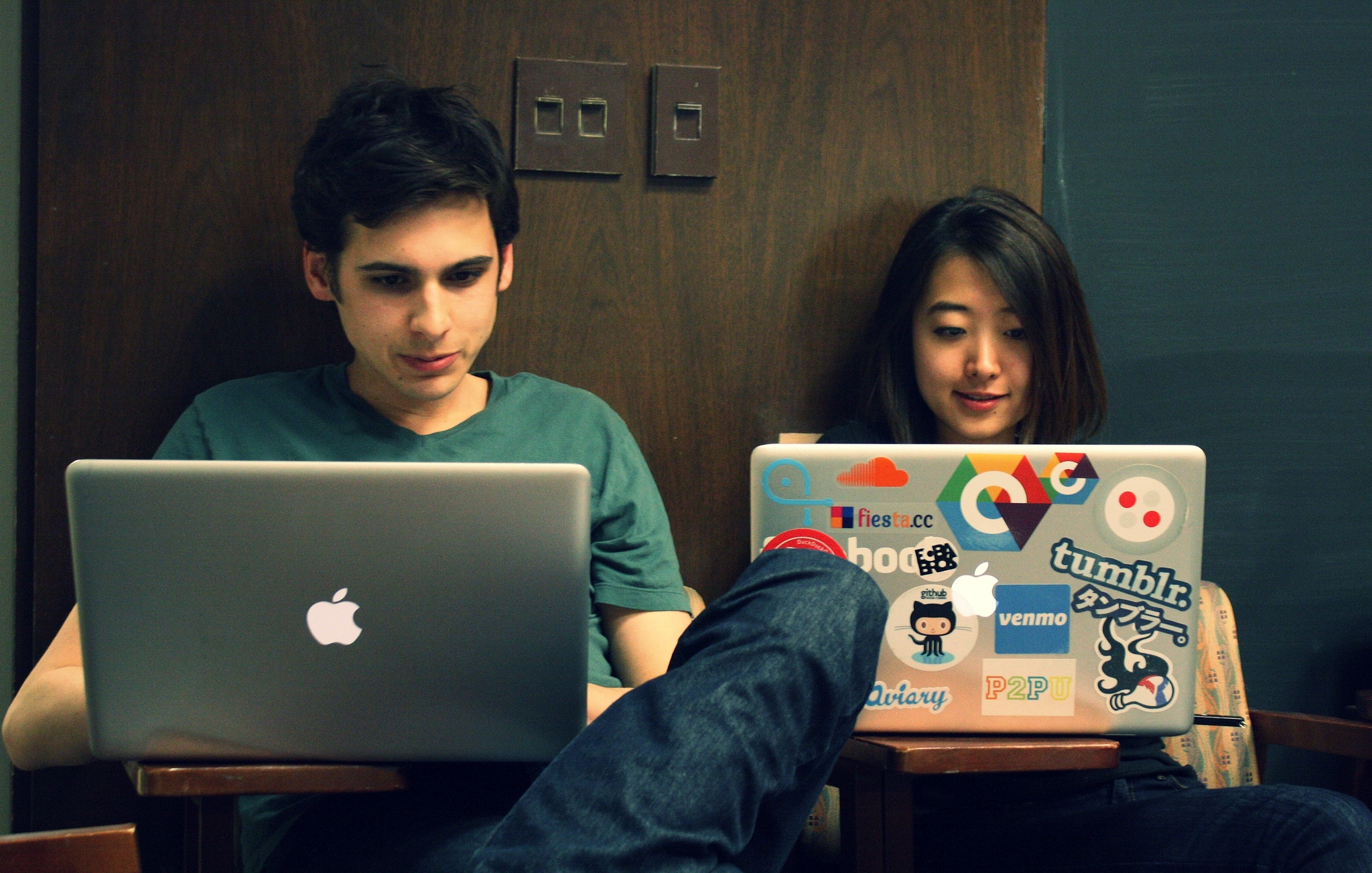“With the exchange of ideas, a valuable dialogue between different cultures is encouraged; also students develop critical competencies of global citizenship.”
Learning in multicultural environments is virtually possible for schools of all types. Through a digital environment and using the appropriate technological tools, we can connect students around the world in collaborative activities that promote diversity, inclusion, and an appreciation for their own and other cultures. Through Global Learning, students identify, analyze, discuss, and formulate proposals for solutions to real problems in an international context, providing an ideal environment to develop critical global citizenship and employability competencies.
Global learning is defined as the process of diverse people collaboratively analyzing and addressing complex problems that transcend borders (Landorf & Doscher, 2015, p. 24).
Tec Global Classroom is a teaching strategy promoted by the Office of the Internationalization Vice Rector of Tecnológico de Monterrey. Its objective is to partially or totally link one of the institution’s courses with a course from a foreign international university, based on the Collaborative Online International Learning (COIL) Methodology developed by Jon Rubin at the State University of New York (SUNY).
“Breaking stereotypes is a significant achievement. Students realize that people have the same hopes and dreams, no matter where they live.”
– Sheila Eldred, SUNY Broome –
This initiative helps teachers to innovate in their teaching practice while encouraging curiosity in their students and a desire to understand and expand their vision concerning different situations in their environment and around the world. Stereotypes are broken through the exchange of ideas and opinions, leading to a valuable dialogue between different cultures.
Tec Global Classroom promotes the development of transversal competencies such as:
-
Intercultural communication
-
Critical thinking
-
Global citizenship
-
Collaboration in multicultural teams
-
Adaptation to virtual work environments
-
Use of technologies
Effective collaboration with other universities
Effective collaboration must meet the following basic requirements:
-
An icebreaker activity
-
An activity focused on collaborative work in multicultural teams
-
A final individual reflection
-
The design of common rubrics for the different groups
-
Participation in the activities must represent a percentage of the final grade, with each professor defining the percentage corresponding to their course.
-
The minimum duration of four weeks, to be extended for as long as the professors determine, according to the established learning objectives.
To date, 180 students from different areas of study and of various nationalities have participated in Tec Global Classroom. We linked six courses with five international universities: SUNY Broome, Saint Leo University, Athabasca University, Cardiff School of Art & Design and the University of Botswana.
For these projects to succeed, providing support to teachers during the design and implementation of each collaborative course is essential. In this case, participating professors are supported and accompanied by the Tec Global Classroom coordination team and the Office of Technologies for Education through EDUTOOLS, a free site to guide faculty in the use of the best technological tools for teaching.
Technologies for an international learning experience
Once the professors from the participating institutions have designed the learning activities together, the students are provided with a common platform for synchronous or asynchronous interaction and teamwork, using technologies such as Google Sites, Slack, Zoom, and Padlet.
In Google Sites, professors design a website that serves as a bridge to link their respective courses for their particular collaboration, regardless of which learning platform each institution uses (Canvas, Blackboard, Moodle, etc.). Google Sites makes it easy for professors to post the details of each activity. Once the site is ready, students can access the information through a personalized link for such collaboration.
Slack is an instant messaging tool that enables the creation of private workspaces with a group or individual communication channels. It also makes it possible to share files and incorporate other services or collaboration tools. To join the teacher-created workspace, students register with their institutional email account.
For synchronous communication, professors and students use the Zoom tool to schedule video conferences, make presentations, or share ideas. Zoom sessions can be recorded as evidence or for later reference.
Padlet enables the creation of virtual whiteboards where users can share content in different formats, such as video, audio, text, images, and presentations, among others. One of the initial activities during the collaboration process is an icebreaker, where all participants share a short video introducing themselves so that their international counterparts can subsequently comment on it and exchange ideas and opinions.
It is worth mentioning that many other tools are free or can be used under a licensing scheme to facilitate collaboration. Choosing the most appropriate tools depends on the objectives and design of the learning activities.
There are ten collaborations planned for Autumn 2019, with the participation of institutions such as SUNY Nassau, SUNY Buffalo, University of Aberdeen, Florida International University and Pontificia Universidad Católica de Chile.
If you are an undergraduate professor at Tecnológico de Monterrey or belong to a foreign international institution, hav
e participated in similar international collaborations or would like to learn more about this strategy, please feel free to contact us at Tec Global Classroom Coordination to analyze opportunities to integrate this type of internationalization experience in any of your courses.
About the Author
Gabriela Méndez (gaby.mendez@tec.mx) has a Master’s in Information Technology Management. Her areas of interest are the use and impact of educational technologies, multiculturalism, interculturalism, and global learning. She is a specialist in International Online Programs and collaborates in the definition and promotion of the Tec Global Classroom strategy. She has been the Tecnológico de Monterrey COIL Coordinator at the SUNY COIL Center since 2017.
This article from Observatory of the Institute for the Future of Education may be shared under the terms of the license CC BY-NC-SA 4.0 
)
)






)